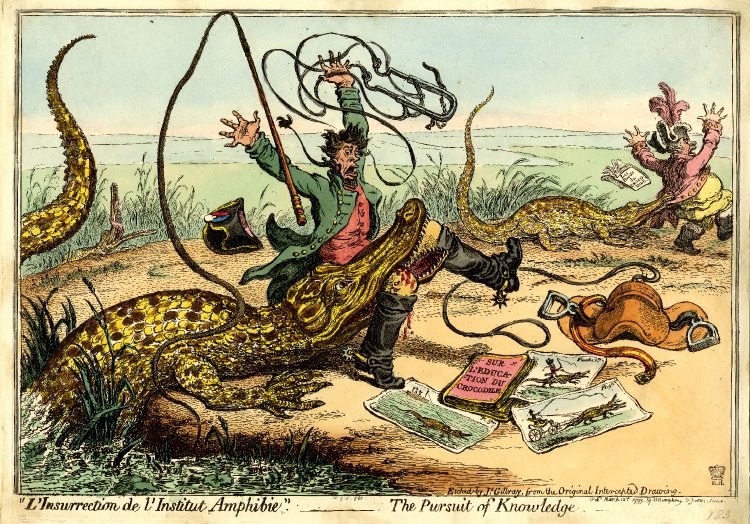Upcoming Events:
October 2 2015
TBD

"The Parochial Altruism of British Travel Prints," Douglas Fordham, Associate Professor, Department of Art, University of Virginia
October 23 2015
TBD
"'Heaven for Women, Heaven for Infidels:' Representations of Femininity and Otherness in French Embassy Letters and Persian Letters," Nev Koker, PhD Candidate, Political Theory
Abstract: This chapter explores how the trope of feminine visibility was used in two texts from the 1720s, Yirmisekiz Çelebi Mehmed Efendi’s Fransa Sefâretnâmesi (French Embassy Letters) and Montesquieu’s Lettres Persanes (Persian Letters). Scholars of early eighteenth century Ottoman society have suggested that in this period (the so-called “Tulip Era”) public displays of openness, consumption, and pleasure replaced the more common displays of piety, loyalty to the Sultan, and of obedience to imperial power. Similarly, scholars of French history have highlighted the changing practices of consumption and enactments of royal power. These changes also brought about an increasing attentiveness to the ways in which other political orders were organized and maintained. Focusing specifically on these two contemporaneous yet generically distinct texts, the chapter argues that gendered images and tropes were key components how ideas of "otherness" were formulated in, and circulated across, Ottoman and French contexts. Further, it suggests that Mehmed Efendi and Montesquieu both used the contrast between the "publicly visible French woman" and the "inherently private and emotional Eastern woman" to make normative claims about the organization of political power in the Ottoman Empire, and France, respectively.
In order to fully explore the political work that representations of femininity and otherness are doing in both texts, the chapter first looks at the local and transnational historical context in which French Embassy Letters and Persian Letters were produced. Then, it turns to the distinct generic conventions of each text in order to elucidate some of the formal differences and overlaps between Mehmed Efendi’s and Montesquieu’s writing. Finally, it offers close readings of the two texts, and suggests that while French Embassy Letters and Persian Letters attached contradictory values to the figure of the "silent and docile Eastern woman," both texts mobilized this figure to mark the boundaries of the political.
Dec 3-4 2015
TBD
Faculty Visit with Jesse Molesworth, Professor of English, Indiana University - Bloomington
January 2016
TBD
Article Workshop with Alice Goff, Post-Doctoral Student, Germanic Studies

